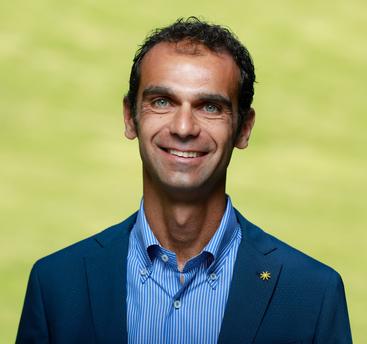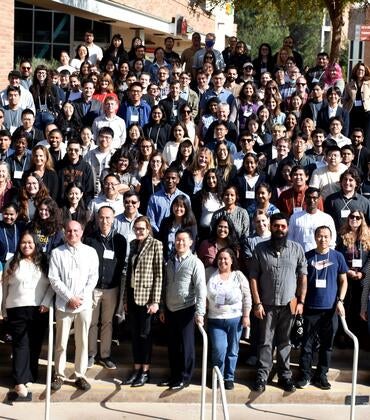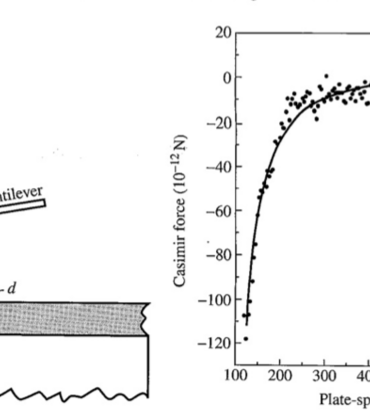Does our brain work like a computer? Fabio Pasqualetti, Marlan and Rosemary Bourns College of Engineering mechanical engineering associate professor, says yes, the brain can be studied as a network system.
The brain comprises neurons interconnected by white matter fibers, like network-wide principles akin to technology. The brain uses chemicals to transmit information; the computer uses electricity. The brain needs nutrients like oxygen for power; the computer needs electricity to work. The list of similarities continues and is extensive.
By studying the resemblance of brain and computer function, Pasqualetti believes it can lead to advancements in brain therapies and treatments. His new grant received from the Army Research Office will have him taking a closer look at the human brain as a dynamic network system operating with principles similar to natural, social, and technological cyber-physical networks.
For the past decade, advanced imaging techniques and data processing tools have shed light into the functional role of the human brain, how they are interconnected, and how they exhibit complex patterns of coherent activity over time. These advances have revealed new ways of understanding brain circuits and their implications for human cognition, neurological disorders, and psychiatric disease, development, and rehabilitation.
This project seeks to exploit the organization of the human brain to develop targeted intervention mechanisms to estimate and regulate oscillatory neural dynamics. The fundamental insight underpinning the project is the realization that relevant brain dynamics are regulated by network-wide principles comparable to those in technological, social, and cyber-physical systems.
Through this unique perspective, the researchers will be in position to develop control and network-theoretic tools to describe how the brain controls its own oscillatory dynamic, information transfer, and to prescribe how external interventions affect certain brain dynamics.
“Much like network systems, the human brain behaves as a complex model to support a large variety of dynamic functions. Studying the brain through this rare network-driven lens provides a higher level of understanding for innovative advancements,” said Pasqualetti.
An accurate understanding of the network organization of the brain could enable less-invasive stimulation and intervention paradigms to predict, suppress, and prevent epileptic seizures by increasing their activation energy or reducing the basin of attraction of these diseased states.
In addition, the insight gained in this project could be used to enhance cognitive performance of warfighters, restore mental functions after traumatic brain injury, and design more efficient, reliable, and autonomous multi-agent systems that dynamically adapt in response to external changes and adversarial actions.





